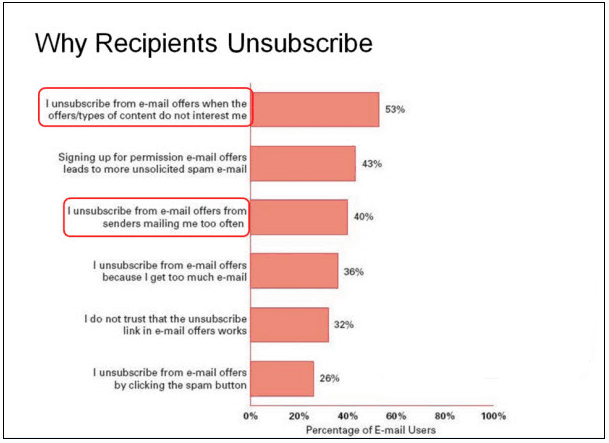Email Automation
 Many businesses rely on email as a means to communicate with their prospects and customers. Unfortunately, plain vanilla email has become prehistoric. Intelligent email automation is necessary to hold meaningful, relevant and interesting conversations with prospects and customers.
Many businesses rely on email as a means to communicate with their prospects and customers. Unfortunately, plain vanilla email has become prehistoric. Intelligent email automation is necessary to hold meaningful, relevant and interesting conversations with prospects and customers.
Not using intelligent email automation has the following drawbacks:
• It takes more time as individual emails need to be crafted and sent
• Communications are usually one to one and not one to many
• It’s ineffective since the same messages are broadcast out to a large group
• There’s no interaction and opportunity to converse with your prospects/customers
Don’t make the mistake of thinking email marketing is email automation, it’s not. Email marketing is great for things like newsletters; however, email marketing doesn’t understand how recipients engage or interact with email messages. Also, email marketing requires marketers to manually dig through reports to analyze email opens. Additionally, email marketing has misled marketers to believe ROI is measured on email opens.
Email automation technology solves these problems. It helps marketers measure the true ROI of email campaigns by presenting who’s genuinely interested in real-time. Email automation is commonly called lead nurturing or closed loop email marketing. When marketers automate email they’re able to nurture leads. Here’s an example of an email automation process:
• Marketer sends a single email message to many recipients
• Message is personalized by using the recipient’s name, company and other credentials
• Recipient opens the email message and clicks a link of interest in the email
• Lead tracking technology shows which link was clicked and tracks the recipient’s entire online behavior (pages viewed, web forms submitted, content downloaded, etc.)
• Email automation kicks in and triggers a series of related, future communications based off the recipients interests thereby nurturing the lead
By using email automation businesses can increase marketing efficiency and build stronger relationships with prospects and customers. Using intelligent automation results in closer engagement between a buyer and a seller as two-way conversations occur vs. one-way “email blasts”.
To learn how Lead Liaison’s email automation can help nurture your leads contact us using the form on this page at the top right.
How has email automation helped you nurture leads?
To be alerted of future posts, please click on the RSS button.











